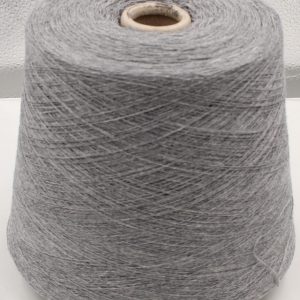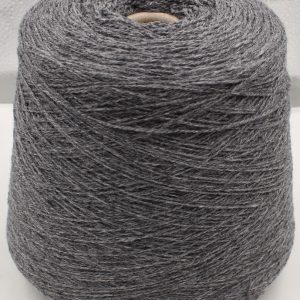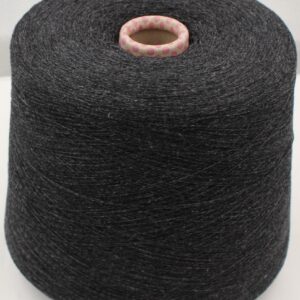The coloring of textile products
 Most textile fibers have a rather dull natural colour, but finished fabrics should come in a range of attractive colours. Until about a century ago, the dyes used in the textile industry were only of vegetable origin, but since 1856, when William Henry Perkin prepared the first dye bath, hundreds of thousands of artificial dyes have been discovered and tested. Currently there are around 4000 on the market. To give the fabric a unique and uniform color the dyeing process is followed, while to give more colors to the fabric the printing process is followed.
Most textile fibers have a rather dull natural colour, but finished fabrics should come in a range of attractive colours. Until about a century ago, the dyes used in the textile industry were only of vegetable origin, but since 1856, when William Henry Perkin prepared the first dye bath, hundreds of thousands of artificial dyes have been discovered and tested. Currently there are around 4000 on the market. To give the fabric a unique and uniform color the dyeing process is followed, while to give more colors to the fabric the printing process is followed.
The fibers not yet spun are colored by immersing them in a perforated container, into which the coloring liquid is introduced, while the skeins of yarn are aligned suspended in a container in which the liquid circulates. Woven fabrics are dyed in a dyeing machine that unfolds the fabric and carries it back and forth in the liquid. This method is suitable for knitted fabrics, but not for knitted fabrics which would stretch too much under the strain. Knitted fabrics are generally colored using a dyeing machine, in which a winch lifts the fabric from the dyeing liquid and then immerses it again. The fabric will remain free at the bottom of the bathroom until the winch pulls it out.
A fabric can also be colored by first passing it through a coloring liquid, then under the action of rollers that squeeze out the superfluous liquid, and finally by passing it on heated cylinders or by subjecting it to steam in a closed chamber. All the coloring processes that we have briefly described so far take place at the boiling point, or close to it, because the heat fixes the dyes in the fibers and makes the color resistant to washing. Reactive dyes have recently been discovered that chemically combine with fibers at room temperature, producing colors that resist washing perfectly.
Multicolored fabrics are produced either by means of a roller printing machine or by means of a printing screen (a modification of stamping). The very high cost of roller printing equipment makes the first of the above methods convenient only for large quantities of material; the second method is used for smaller quantities, around a thousand metres.
In a roller printing machine the fabric flows along a large rotating horizontal cylinder, equipped with a certain number of printing rollers, one for each color to be printed: on each roller are engraved those parts of the model that are to be printed in a particular colour, and each roller has its own supply of printing paste, a dense mixture of gum and colour; as the fabric passes around the cylinder, each roller leaves its part of the pattern imprinted on it. The fabric is then steam heated from 100 to 102°C (to fix the color) and carefully washed (to remove the gum).
If we want to print a multi-color design on a dark background, we can proceed in two ways. The entire fabric can be colored dark, and in this case it will be necessary to add some substance to the printing pastes which does not affect the dyes but which is capable of destroying (or discharging) the dye used to give the dark background (this system is call exhaust), or you can adopt the other system, that of printing the design in multiple colors on a white fabric, and giving it a dark background later. Since printing pastes contain a substance that resists the fixing of the dye used for the foundation, the printed design will not be damaged (this process is called resistance).
If the printing screen is used, the fabric is placed neatly spread out on a table and the color design is applied using silk or wire mesh screens. The fabric is then subjected to a steam treatment and washing.






